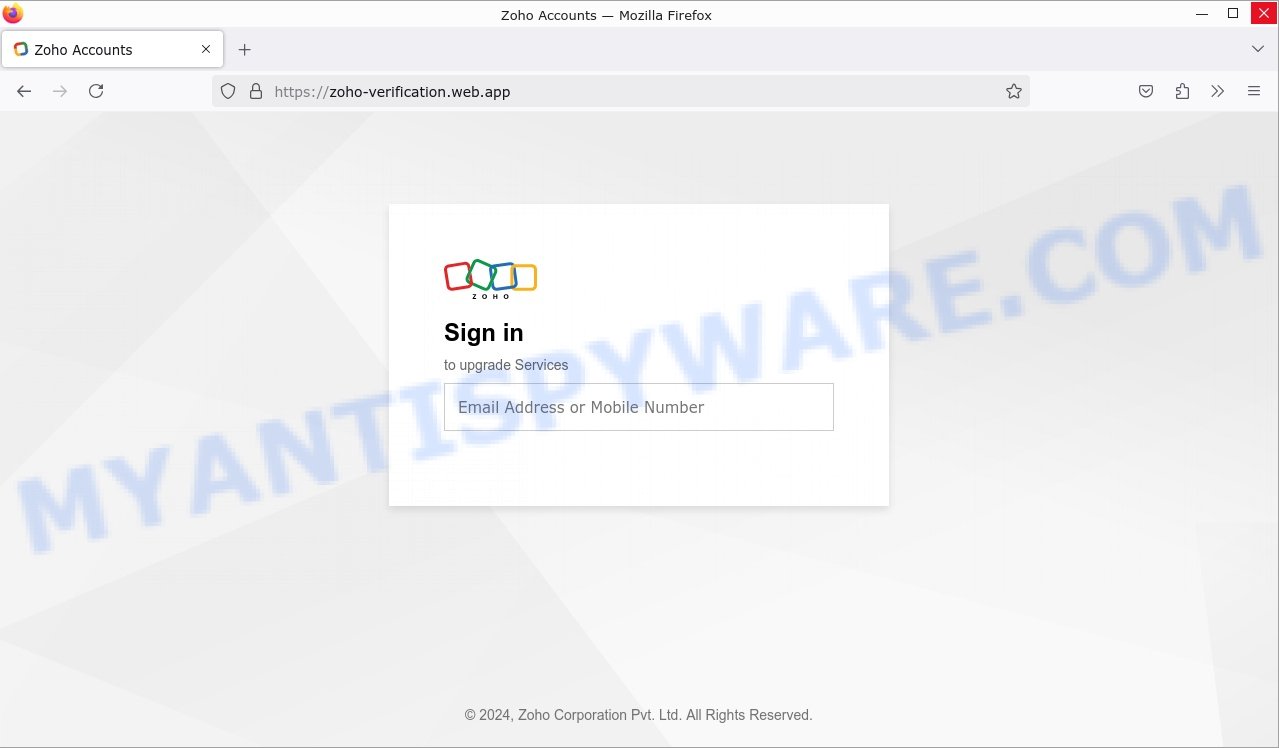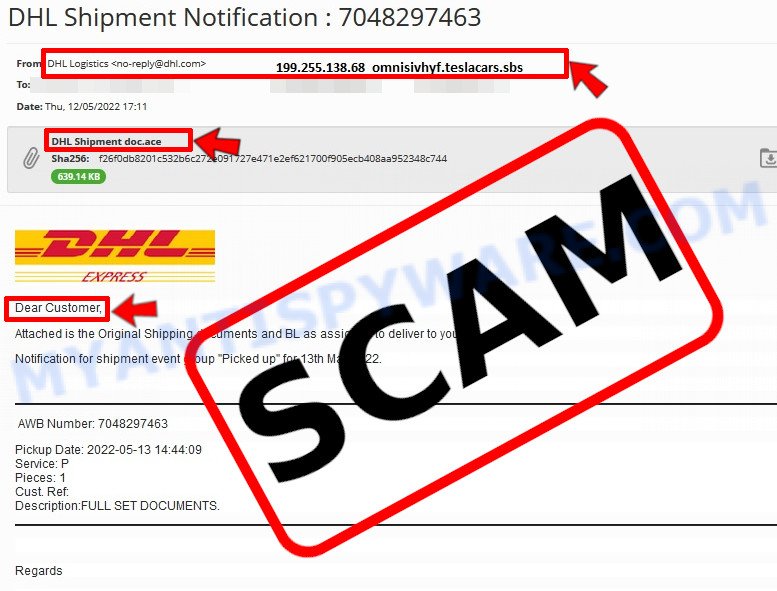Have you come across an email with the subject “Access Your Secure Document”, claiming a secure document has been shared with you from Zoho Office Suite? You’re asked to click a “Download Document” link to get the file.
Question: Is this email legitimate or could it be a scam?
Investigation Findings: This email uses the appearance of a real service, Zoho Office Suite, but it’s actually a scam. The email links to a fake Zoho page that asks you to sign in. Any information entered there goes straight to scammers.
Answer: “Document Shared Securely” is a fraudulent email scam. 💡 To protect yourself from scams like this, always double-check the sender’s email address and verify any shared documents through direct contact with the sender. Additionally, do not click on any links in unexpected emails. Use official websites directly.
A typical “Document Shared Securely” scam email reads as follows:
Subject: Access Your Secure Document
Document Shared Securely
We are pleased to inform you that a secure document has been shared with you. Please use the link below to download the document:Download Document
If you have any questions or need further assistance, please do not hesitate to contact us.
This email and any attachments are confidential and intended solely for the recipient. If you have received this message in error, please notify the sender and delete this email. Unauthorized use, disclosure, or distribution of this communication is prohibited.
Overview
The “Document Shared Securely” message is a deceptive email tricking people into thinking they have received a secure document. The email uses Zoho’s old logo and tries to look like it is a genuine message from the Zoho Office Suite. It tells you to click a link (“Download Document”) to get a file. This whole setup is a lie and has nothing to do with the real Zoho or any trustworthy service.
When you click the link, you are taken to a fake Zoho verification page (zoho-verification.web.app), where you’re asked to log in. If you enter your details there, they’re sent straight to scammers. These bad actors then have access to your accounts, potentially gaining personal or business info, which they could misuse for harmful purposes like threats or stealing data.

💡 If you ever get an email like this, don’t click any links or share personal details. Delete it right away. To keep your accounts safe, make sure to regularly update your passwords and enable two-factor authentication whenever you can.
Summary Table
| Name | Document Shared Securely Email Scam |
| Type | Email Phishing Scam |
| Email Subject | Access Your Secure Document |
| Impersonated Brand | Zoho Office Suite |
| Phishing Website | zoho-verification.web.app |
📧 What to Do When You Receive the “Document Shared Securely” Scam Email
We advise everyone who receives this email to follow the simple steps below to protect yourself from potential scams:
- ❌ Do not believe this email.
- 🔒 NEVER share your personal information and login credentials.
- 📎 Do not open unverified email attachments.
- 🚫 If there’s a link in the scam email, do not click it.
- 🔍 Do not enter your login credentials before examining the URL.
- 📣 Report the scam email to the FTC at www.ftc.gov.
If you accidentally click a phishing link or button in the “Document Shared Securely” Email, suspect that your computer is infected with malware, or simply want to scan your computer for threats, use one of the free malware removal tools. Additionally, consider taking the following steps:
- 🔑 Change your passwords: Update passwords for your email, banking, and other important accounts.
- 🛡️ Enable two-factor authentication (2FA): Add an extra layer of security to your accounts.
- 📞 Contact your financial institutions: Inform them of any suspicious activity.
- 🔄 Monitor your accounts: Keep an eye on your bank statements and credit reports for any unusual activity.
🔍 How to Spot a Phishing Email
Phishing emails often share common characteristics; they are designed to trick victims into clicking on a phishing link or opening a malicious attachment. By recognizing these signs, you can detect phishing emails and prevent identity theft:

💡 Here Are Some Ways to Recognize a Phishing Email
- ✉️ Inconsistencies in Email Addresses: The most obvious way to spot a scam email is by finding inconsistencies in email addresses and domain names. If the email claims to be from a reputable company, like Amazon or PayPal, but is sent from a public email domain such as “gmail.com”, it’s probably a scam.
- 🔠 Misspelled Domain Names: Look carefully for any subtle misspellings in the domain name, such as “arnazon.com” where the “m” is replaced by “rn,” or “paypa1.com,” where the “l” is replaced by “1.” These are common tricks used by scammers.
- 👋 Generic Greetings: If the email starts with a generic “Dear Customer”, “Dear Sir”, or “Dear Madam”, it may not be from your actual shopping site or bank.
- 🔗 Suspicious Links: If you suspect an email may be a scam, do not click on any links. Instead, hover over the link without clicking to see the actual URL in a small popup. This works for both image links and text links.
- 📎 Unexpected Attachments: Email attachments should always be verified before opening. Scan any attachments for viruses, especially if they have unfamiliar extensions or are commonly associated with malware (e.g., .zip, .exe, .scr).
- ⏰ Sense of Urgency: Creating a false sense of urgency is a common tactic in phishing emails. Be wary of emails that claim you must act immediately by calling, opening an attachment, or clicking a link.
- 📝 Spelling and Grammar Errors: Many phishing emails contain spelling mistakes or grammatical errors. Professional companies usually proofread their communications carefully.
- 🔒 Requests for Sensitive Information: Legitimate organizations typically do not ask for sensitive information (like passwords or Social Security numbers) via email.
✅ Conclusion
We hope this article has helped you understand more about the “Document Shared Securely” Scam Email and how to avoid falling victim to scammers. If you have received a phishing email that is similar but not identical to the example above, please post it in the comments section of this article. This helps us warn other users about potential scams and improve our resources to protect you better. Stay safe and vigilant! 🛡️

















